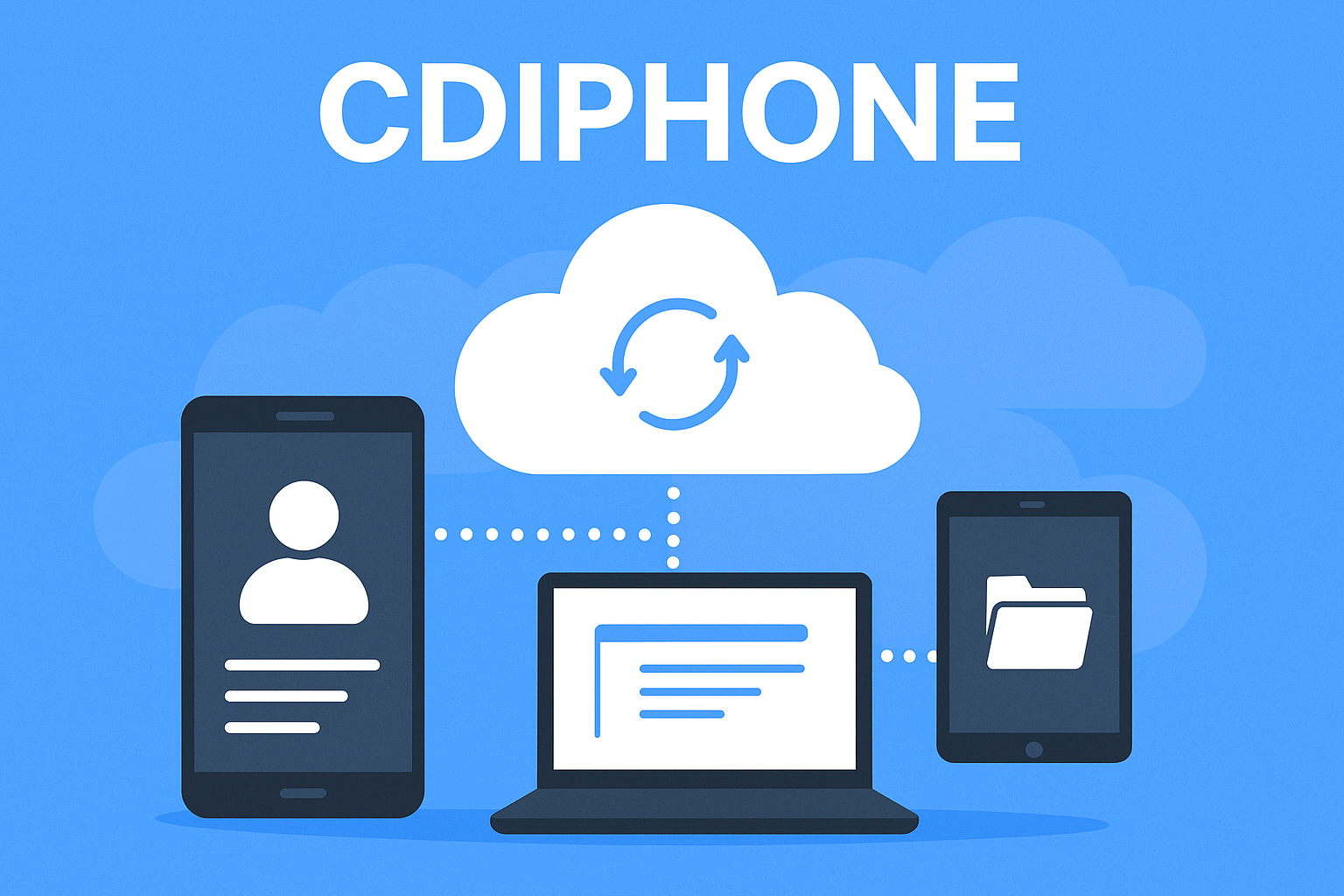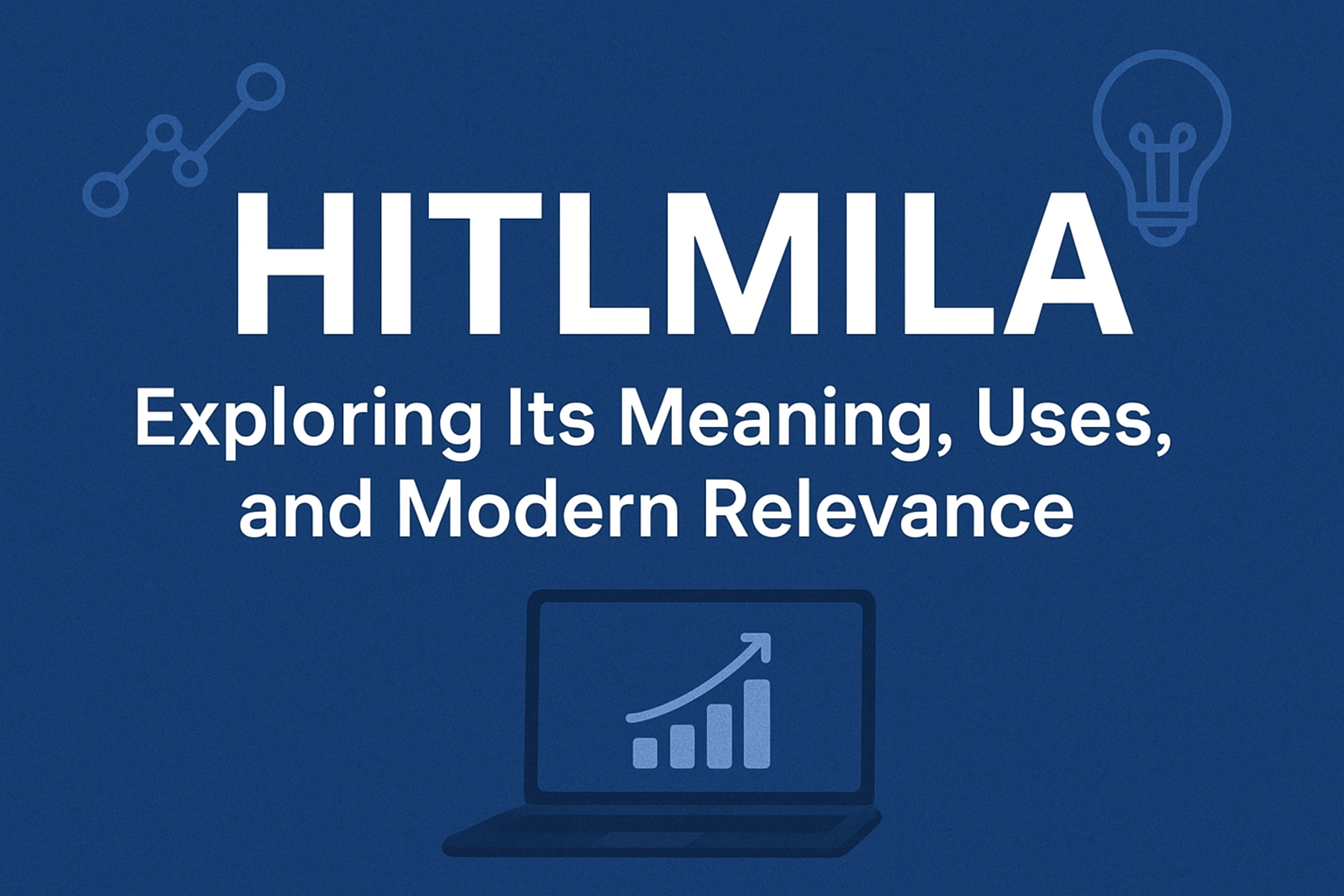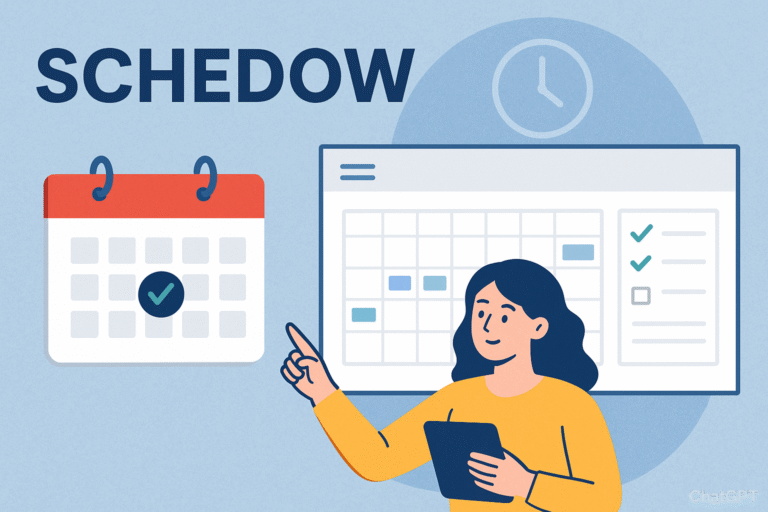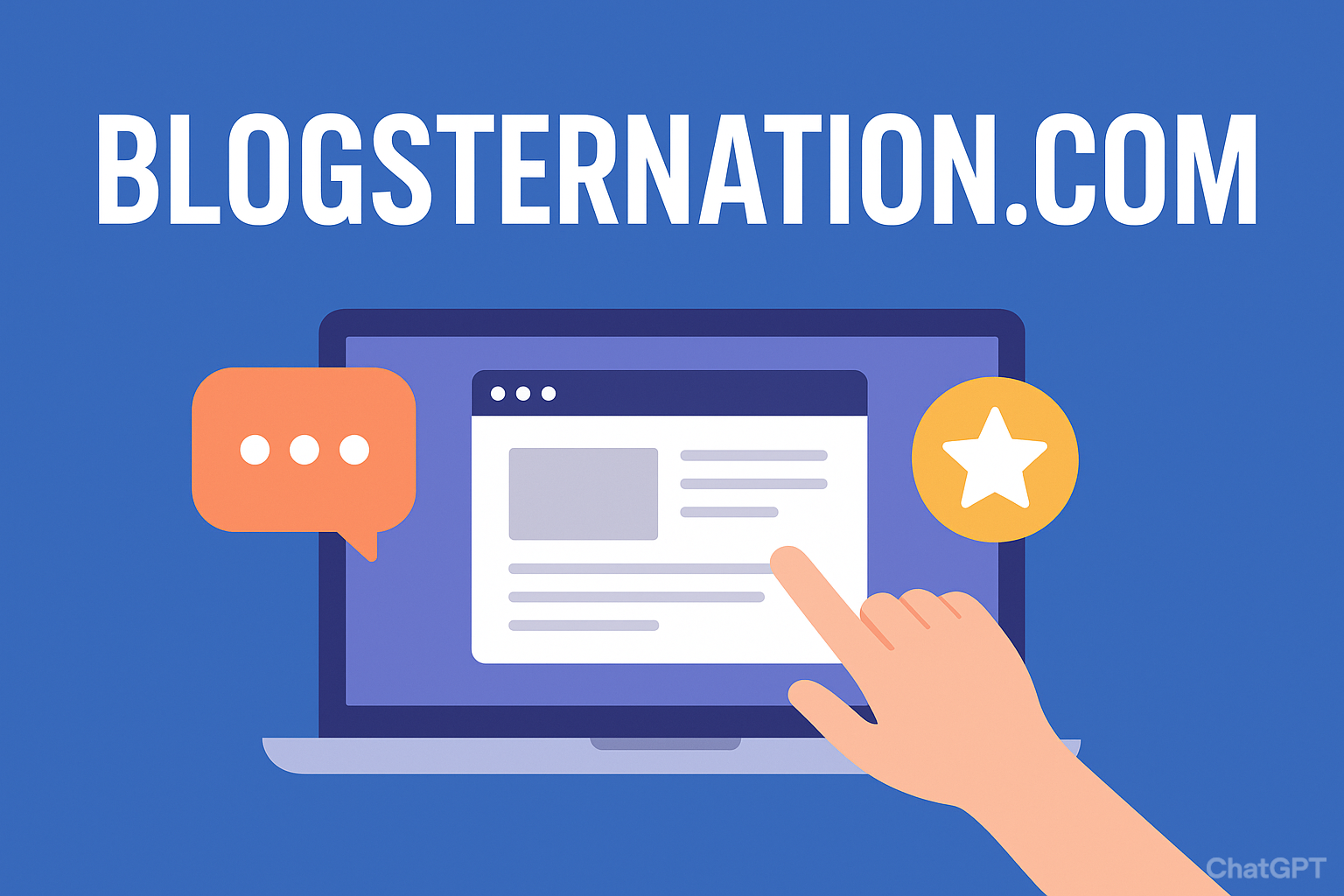What Is Cdiphone and How It’s Changing the Way We Connect
In today’s fast-evolving tech world, the word cdiphone is becoming a growing point of curiosity among users who want something different from standard mobile technology. While the term may sound unusual, it reflects an emerging category of devices and tools focused on simplifying digital communication, storage, and mobile experience. Many users search for cdiphone to understand whether it’s a new smartphone, a concept, or a next-gen communication platform.
In this article, we’ll explore what cdiphone really is, how it works, its benefits, possible use cases, and why it’s drawing attention from both tech enthusiasts and professionals. The goal here is to deliver real, experience-based insight—not just surface-level definitions—so readers can make sense of the concept and its practical value in today’s digital landscape.
What Is Cdiphone?
The term cdiphone can refer to a hybrid digital device or system that integrates core features of a smartphone with cloud-based storage and data communication technology. Essentially, it’s a model or concept that blends physical hardware with digital intelligence.
From a user’s perspective, cdiphone could represent a platform that syncs communication, data sharing, and personal storage seamlessly through the cloud. The idea is to reduce dependency on local hardware by allowing users to access their entire digital environment—contacts, messages, media, and documents—from any connected device.
In simpler terms, cdiphone symbolizes the transition from “device-first” to “data-first” living. This means your mobile experience is not limited by the phone in your hand but extends across devices through cloud identity and intelligent syncing.
How Cdiphone Differs from Traditional Smartphones
Traditional smartphones rely heavily on local storage, operating systems, and app stores controlled by specific brands. The cdiphone concept shifts that model toward independence and flexibility. Here’s how:
- Cloud Integration First: All user data is stored and processed in the cloud. This minimizes the risk of data loss and improves accessibility.
- Device-Agnostic Experience: Unlike standard phones that tie you to a specific manufacturer, cdiphone platforms allow users to log in from any compatible device and retrieve their personalized interface instantly.
- AI-Driven Functions: Cdiphone technology often includes integrated artificial intelligence that helps manage apps, organize data, and enhance user interactions.
- Security Reinvented: With decentralized cloud encryption, users gain stronger control over privacy and access rights.
This approach opens up a new way to view communication devices—not just as tools for calling or texting but as extensions of digital identity.
Benefits of Using Cdiphone
Cdiphone’s rise is largely tied to its promise of convenience, security, and adaptability. Users exploring this model often cite these benefits:
- Seamless Access Anywhere: You can log in to your profile from any authorized device and continue your work or communication without interruption.
- Automatic Cloud Sync: Files, contacts, and messages remain updated across platforms, reducing the need for manual backups.
- Enhanced Privacy: Encrypted cloud environments ensure that user data remains secure even if the physical device is lost.
- Cost Efficiency: By relying less on heavy hardware specifications, cdiphone models could potentially lower the cost of ownership.
- Future Compatibility: Cdiphone systems are built with evolving technologies in mind, ensuring longer usability and software support.
These advantages explain why both individuals and businesses are exploring cdiphone systems as an alternative to conventional smartphones.
Challenges and Considerations
Like any emerging technology, cdiphone has its challenges. Understanding these helps users set realistic expectations:
- Connectivity Dependence: Since it relies on the cloud, stable internet access is essential. Poor connectivity may limit its functionality.
- Data Security Concerns: Although encrypted, cloud-based storage can still be vulnerable to breaches if mismanaged.
- Limited Hardware Options: Not all manufacturers support cdiphone systems yet, which could restrict choice.
- Learning Curve: Users familiar only with standard smartphones might need time to adjust to its unique interface and data management style.
While these challenges are genuine, they also point toward areas of innovation where future cdiphone iterations will likely improve.
Real-World Applications of Cdiphone
The practical side of cdiphone technology lies in its use cases across different fields.
- Remote Work: Professionals can access files, calls, and messages from any location, enhancing productivity without needing multiple devices.
- Education: Students and teachers can sync learning materials, discussions, and assessments across various devices.
- Healthcare: Doctors and patients could securely share reports and updates through encrypted cloud access.
- Business Communication: Enterprises can create uniform platforms for staff communication, ensuring security and real-time collaboration.
- Personal Use: Regular users benefit from smoother transitions between devices, whether switching from phone to laptop or tablet.
These examples show that cdiphone isn’t just a buzzword—it’s part of a broader shift toward digital continuity.
Why Cdiphone Matters in 2025 and Beyond
The global trend toward connected living makes cdiphone a timely innovation. As more services move to the cloud and AI-driven management becomes standard, users demand flexibility and simplicity.
Cdiphone aligns with this shift by removing traditional limits between devices and creating a more fluid experience. It also reflects a growing awareness of data ownership—giving users more control over where their information resides and how it’s accessed.
From an environmental perspective, cdiphone’s reduced dependency on hardware upgrades may also contribute to sustainability by cutting electronic waste. This holistic impact makes it more than a gadget trend—it’s a rethinking of digital interaction.
How to Get Started with Cdiphone
If you’re curious about exploring cdiphone platforms, consider these steps:
- Understand Compatibility: Research which devices or services currently support cdiphone technology.
- Check Cloud Providers: Choose reliable providers with transparent data policies and encryption standards.
- Set Up Secure Access: Enable two-factor authentication and manage permissions carefully.
- Test Cross-Device Sync: Start with basic data—contacts, messages, or documents—and test how they appear across devices.
- Evaluate Performance: Monitor how the system handles tasks like calls, video meetings, or app access.
Taking a methodical approach ensures a smoother transition and helps you get the most out of the cdiphone experience.
Expert Insight: The Future of Cdiphone Systems
Technology analysts suggest that cdiphone could redefine how we perceive ownership in the digital world. Instead of buying high-end devices every few years, users may focus more on cloud credentials and access ecosystems.
This shift may lead to a new market dynamic where software and connectivity matter more than hardware design. While it’s too early to predict a universal model, the movement toward data-first technology is undeniable.
From my own perspective as someone who’s worked with cloud-integrated systems, the practicality of cdiphone-style environments is already visible in early prototypes and software platforms. The potential lies not just in replacing smartphones but in creating a more sustainable, connected, and user-centered ecosystem.
FAQs
- What is the main purpose of cdiphone?
Cdiphone aims to merge communication, cloud storage, and personal data access into one unified system that works across devices. - Is cdiphone a product or a concept?
Currently, cdiphone represents a developing concept or model rather than a specific commercial product, but similar systems are emerging. - Can cdiphone replace traditional smartphones?
Not entirely yet. It complements existing phones by enhancing accessibility and cloud-based data management. - Is cdiphone safe to use?
Yes, when supported by trusted cloud providers and proper security measures, cdiphone can be as safe or even safer than regular devices. - Who can benefit most from cdiphone?
Professionals, remote workers, students, and anyone who uses multiple devices daily will find cdiphone systems especially useful. - Will cdiphone become mainstream?
With growing interest in cloud-first technology, cdiphone-like systems are likely to become more common over the next few years.
Conclusion
Cdiphone reflects the next step in digital communication—an intelligent, cloud-integrated approach that goes beyond traditional smartphones. It bridges gaps between devices, empowers users with secure cloud access, and creates a more flexible, sustainable way to connect. While still evolving, the concept of cdiphone captures the essence of modern digital independence and is worth watching closely as technology continues to advance.






